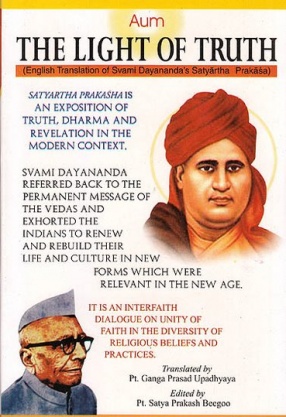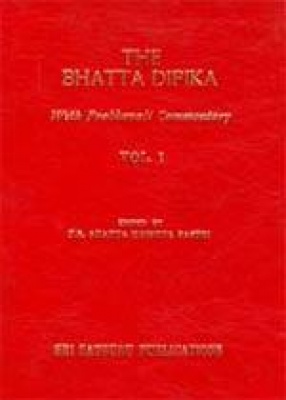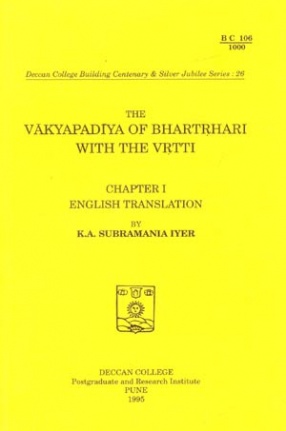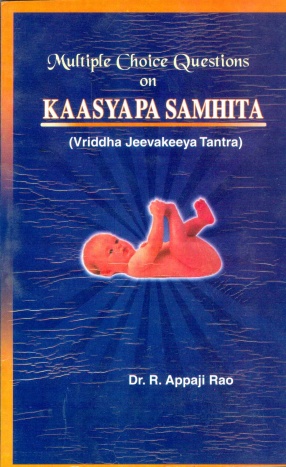The Light of Truth - Swami Dayananda’s Satyartha Prakasha: With Sanskrit Text, Transliteration and English Translation
Satyartha Prakasha is an Exposition of Truth, Dharma and Revelation in the Modern Context.
Svami Dayananda Referred Back to the Permanent Message of the Vedas and Exhorted the Indians to Renew and Rebuild their Life and Culture in New Forms Which were Relevant in the New Age.
It is an Interfaith dialogue on Unity of Faith in the Diversity of Religious Beliefs and Practices.
Svami Dayananda was the last of the ancient and the first of the moderns.
“The main object of my writing this book is to elucidate true principles, i.e. to declare as truth what is truth and to declare as false what is not true.”
My faith is only that which is true and acceptable to all for all times.
Nor am I partial to any faith in India.
My faith is universal truth, universal values and universal justice in thought, belief and action.
Svamiji never said that he was starting a new Faith. At the end of Satyartha Prakasha, in his statement of Belief/Faith, he wrote:
“It is not my purpose to start a new faith. I accept and believe only what is true and reject what is not true.”
If we fail to refer back to the original source of dharma-the Vedas, than the result will be that in the search for the new the Sanatana will be lost.
An honest reader is required to read a book from the point of view of the author, wrong headed people try to give a different sense contrary to the intention of an author.
Svami Dayananda Sarasvati (1825-1883) was one of the greatest men of modern India. A saint, a scholar, a reformer and a yogi of high order, he was dedicated to truth, dharma and the good life.
Svamiji has distilled the essence of truth, dharma and religion in his book Satyartha Prakasha. His vision is broad, comprehensive and wholly relevant for all times and places. Indeed, it can be ranked with the top ranking Holy books of the world.
Svamiji’s Satyartha Prakasha enshrines universal truth of universal human values in a spirit of universal love & justice. A study of the book will give a clear insight into all the important theologies and metaphysics that one finds prevalent in India.
The first ten chapters constituting Part I of Satyartha Prakasha states what Svamiji calls Principles of Universal Faith. Svamiji summarizes their contents in the ‘Introduction’ to Satyartha Prakasha chapter-wise:
1. Meaning and explanation of Aum and other names of Ishwara, the One God of the Universe,
2. Rearing and teaching of children,
3. Formal education and the discipline Brahmacharya,
4. Marriage and household,
5. Retirement and renunciation, and social service
6. Socio-economic organization, government, and administration,
7. Ishwara(God), Jivatma(Soul) and Revelation(Vedas),
8. Creation, sustenance and dissolution of the world,
9. Knowledge and ignorance, freedom and bondage,
10. Ethics of good conduct and humanitarian
These chapters are chiefly based on Vedas. Svamiji also draws upon the Upanishads, Darshans philosophy, Manusmriti and the Brahmanas.
Part II of Satyartha Prakasha consists of four chapters. In these chapters Svamiji without any partiality pointed out the defects of different religions and sects of this country, as well as treated similarly the faiths of other countries. Its contents are:
11. Various sects and faiths of the Pauranic traditions prevailing in India,
12. Charvaka, Buddhism and Jainism,
13. Christianity,
14. Islam.
This part of Satyartha Prakasha has often been criticized by those who have misunderstood Svamiji’s purpose and intention. Svamiji himself says in the ‘Introduction’:
“I do not mean to hurt or oppose anybody. My purpose is to state the universal truth and distinguish it from what is not true.”
He did not criticize any religion for the sake of criticism or opposition. In fact, he accepted the universal truth of all religions.
Svamiji stood and worked for a common universal faith. More than once he invited the learned men of various religions to come together, discuss the fundamentals of their religion freely and frankly and work out a common human faith for all.
Satyartha Prakasha deserves to be read carefully with understanding and open mind from cover to cover.
Get it now and save 10%
BECOME A MEMBER







Bibliographic information